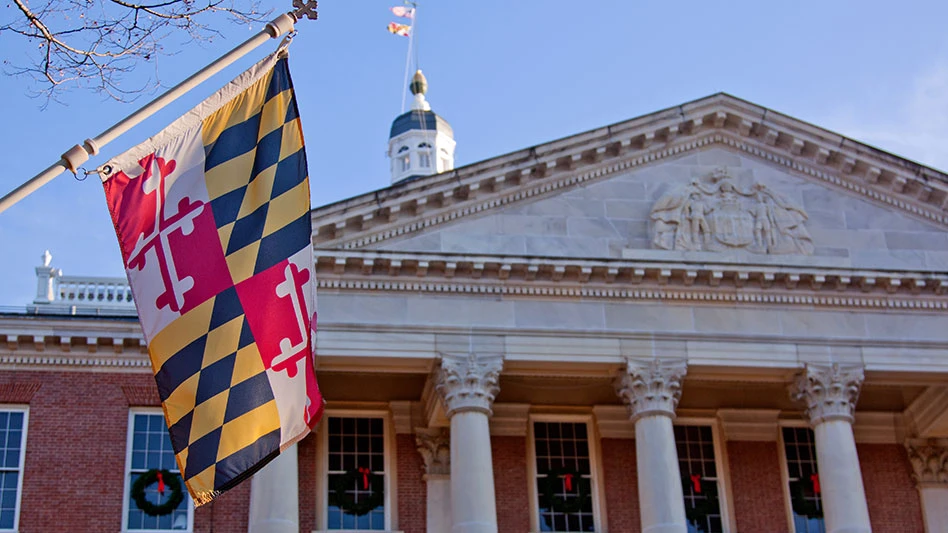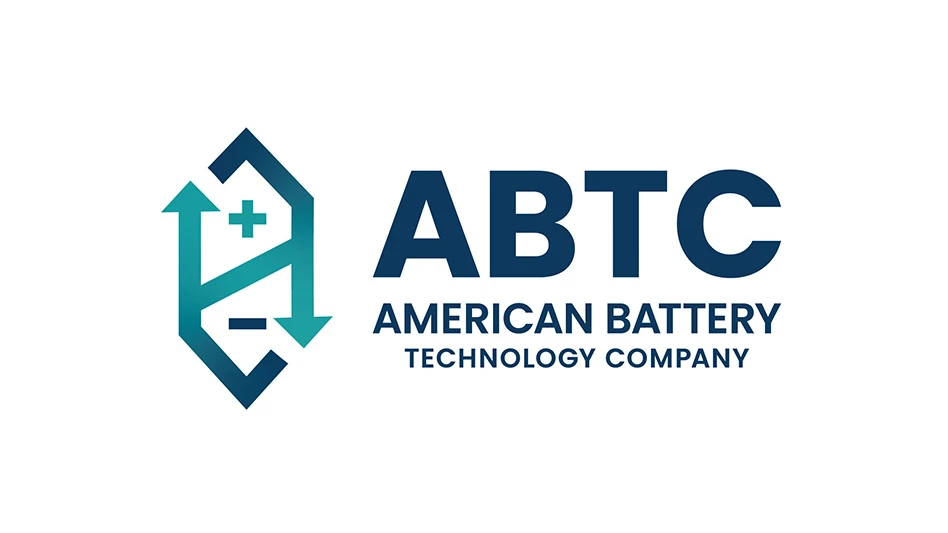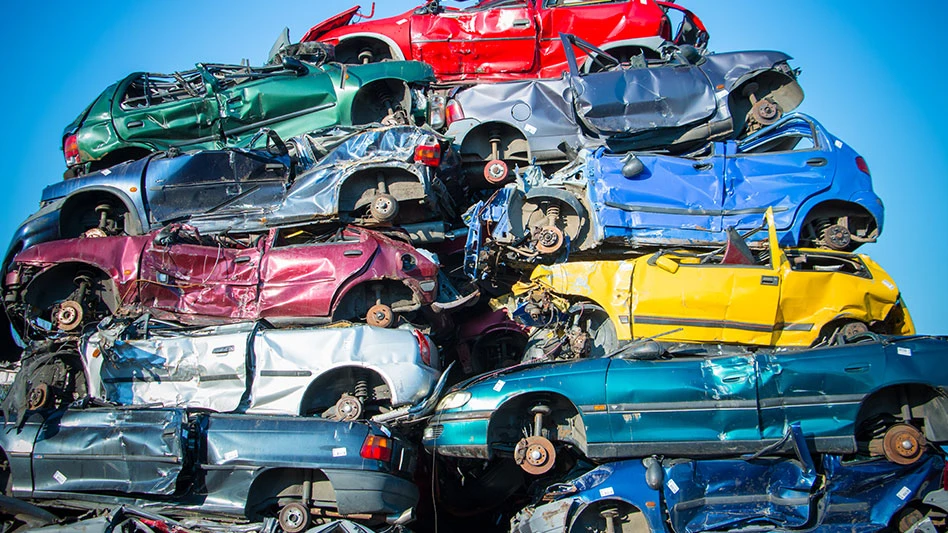
nordroden | stock.adobe.com
At the recent Sustainability in Packaging US conference in Chicago, the urgency around improving recycling recovery rates and incorporating more recycled content into packaging was on full display.
The waste and recycling industry is under mounting pressure to increase the value derived from materials and produce higher-quality recyclates. Meanwhile, packaging producers are striving to meet new regulations such as extended producer responsibility (EPR) and rising consumer demand for sustainable packaging, all while remaining cost-effective and preserving essential product properties.

of Greyparrot
Fortunately, what emerged from panel discussions and conversations on the show floor was an alignment of interests in closing the loop despite differing primary goals. Waste managers will be able to increase the value and recyclability of materials flowing through their facilities when packaging producers increase the use of recyclable materials that can be properly identified and sorted. Conversely, packaging producers will meet EPR guidelines when recycling facilities recover more material, making more recyclable content available for future packaging.
Furthermore, based on what was shared on-site, it's increasingly clear that the unifier for these two parties to meet their goals is going to be recycling data and waste intelligence. Only real-world truths from the actual recycling data are going to drive a shared understanding of the current challenges and solutions that will be mutually beneficial.
Challenges and solutions
1. Recyclable packaging isn’t always recycled.
Just because a package is technically recyclable doesn't mean it will actually be recovered. The recycling landscape is incredibly fragmented, with different collection rules and sorting infrastructures in every state—and often every city.
As a result, only 9 percent of plastic scrap is actually recycled worldwide. Despite this sobering statistic, consumers remain optimistic about recycling, though 23 percent say they aren't confident that what they recycle actually gets processed correctly. This disconnect isn't just a communications gap; it reflects deeper issues in waste infrastructure, transparency and accountability.
The industry needs a reality check. We can't rely solely on good intentions and recyclable arrows on packages. For the circular economy to work effectively for both consumer packaged goods (CPG) brands and waste management businesses, recyclable materials need to be accurately identified and sorted within material recovery facilities (MRFs), and there must be active buyers for that sorted recyclable material.
If packaging doesn't fit neatly into existing recycling streams, it goes to a landfill, period. This means well-intentioned packaging redesigns can still fail if they don't consider real-world recovery data.
As Joe Riconosciuto from Republic Services Inc., the Phoenix-based waste management company with over $4 billion in revenue, noted at the summit, "If you're designing sustainable packaging that is very unique and doesn't look like anything else, you might need to think again and talk to us, because that can be a problem for sorting."
Furthermore, Clint Pugh, director of resin sales at KW Plastics, a Troy, Alabama-based mechanical recycler of plastics and supplier of high-density polyethylene (HDPE) and polypropylene (PP) recycled resins, added, "We certainly want to be sitting at the table with [packagers], having those one-on-one conversations to make sure we're giving them solid feedback on what the market needs and wants." He emphasized, "Any type of barrier layer that's in that package that cannot mechanically be removed could ultimately be a problem, as that resin comes back to you guys to use back into your package."
2. Collaboration moves the needle faster than regulation.
While investments in recycling infrastructure are critical, brands, policymakers and waste management companies don’t have to wait for regulations to drive change. Pre-competitive collaboration is already making an impact.
Tara Fothergill from the San Francisco-based Pact Collective shared at the summit how industry players are working together to solve value chain inefficiencies. This approach mirrors what we’re seeing with initiatives like the Walpole, New Hampshire-based U.S. Plastics Pact, which is bringing companies together to drive systemic change.
When competitors join forces on industrywide challenges—whether it’s standardizing labeling, improving collection infrastructure or investing in better sorting technology—progress happens faster than regulation alone can dictate.
3. AI is reshaping the waste and recycling industry.
Artificial intelligence (AI) already is making its mark in recycling facilities by directly enabling smarter sorting at the MRF level, and it’s also identifying opportunities to create new streams of recyclable material and unlocking entirely new insights into practical packaging sortability.
In fact, Closed Loop Partners’ Center for the Circular Economy recently released a study that demonstrates how AI can bring transformative recycling insights to the table. With growing demand for food-grade PP, the study used AI to precisely characterize 650 tons of waste materials at four U.S. MRFs to assess the volumes of this material in the recycling system.
These AI-uncovered insights are highly valuable, given that of all plastics produced worldwide today, nearly 40 percent are used for food and drink packaging. However, recovering used food-grade plastics historically has been very challenging given that they need to be filtered away from non-food-grade plastics in order to ensure that postconsumer recycled PP exclusively contains safe, food-contact-approved materials. AI-powered sensors can help identify and recover this food-grade material to recycle it. Facilities using the AI insights found that transparent and white food-grade PP (yogurt tubs and beverage cups, for example) constitute more than 75 percent of recovered PP that is available for recycling and reuse but is slipping through the cracks.
The path forward for plastic packaging
To meet circular economy goals, brands must start integrating real-time waste intelligence into their packaging design, material selection and sustainability policies.
Companies that embrace fact-based decision-making, collaboration and AI-driven solutions will be in charge of a more circular economy. The conversations at Sustainability in Packaging US 2025 were a strong step forward, but real progress comes from action, not just dialogue. The time for change isn't someday—it's today. Let's get to work.
More from our latest newsletter
- California EPS ban will be enforced
- Study finds recycling symbols largely recognizable
- DPI acquires Concept Plastics Co.
- Novolex, Pactiv Evergreen finalize merger
- S&P Global launches mixed plastic scrap pricing for US, Europe
- Sonoco completes sale of thermoformed, flexible packaging business to Toppan
- Empowering communities through education
- Handling the truth
- First phase of EPR scheme launching in Alberta
- The push for more supply






